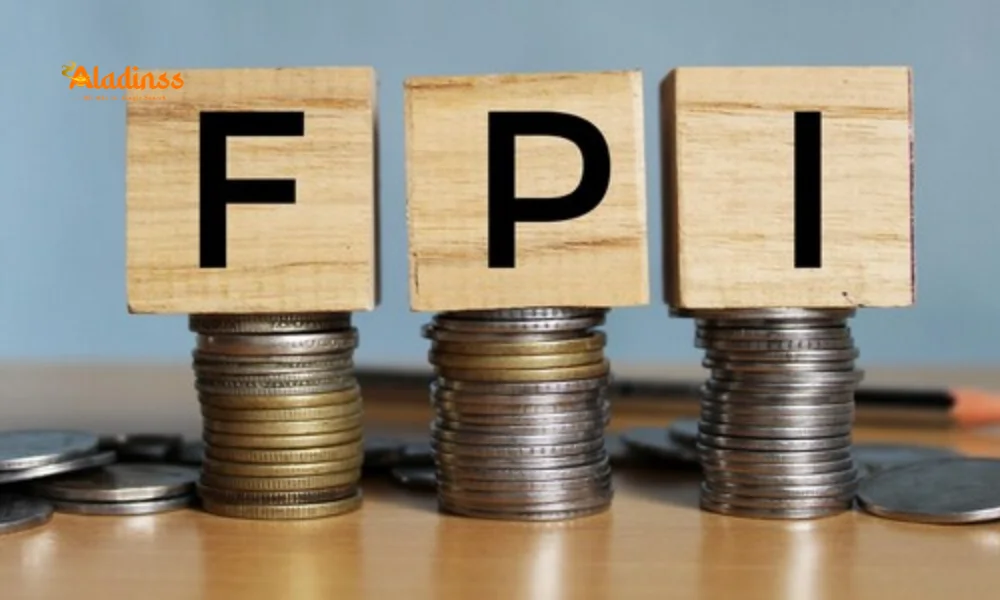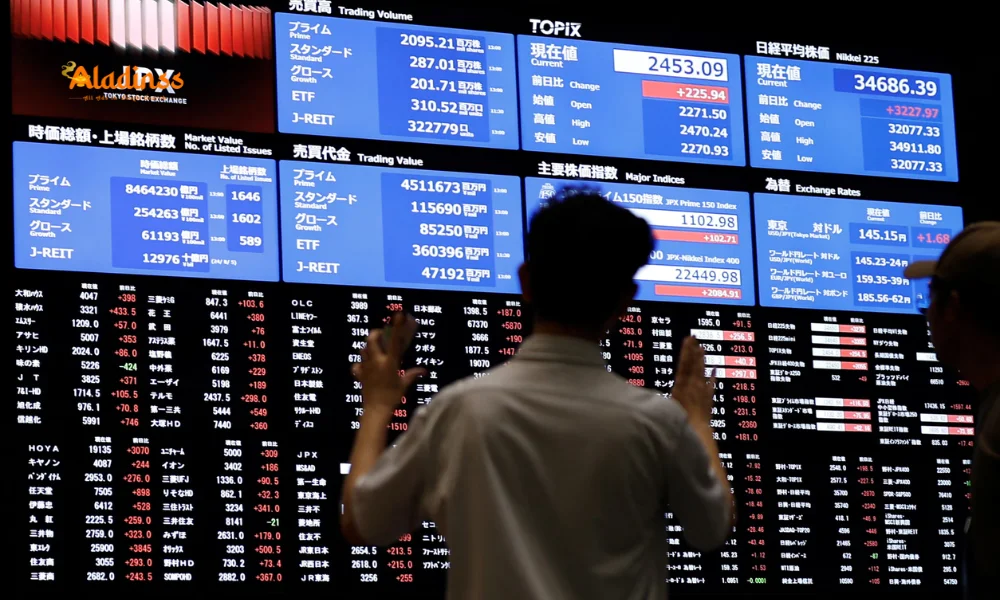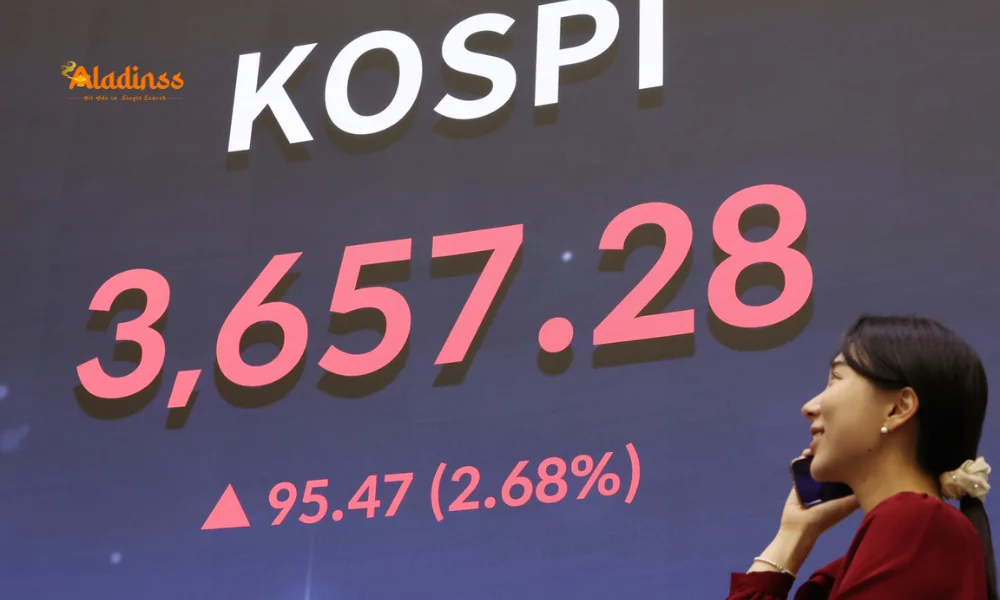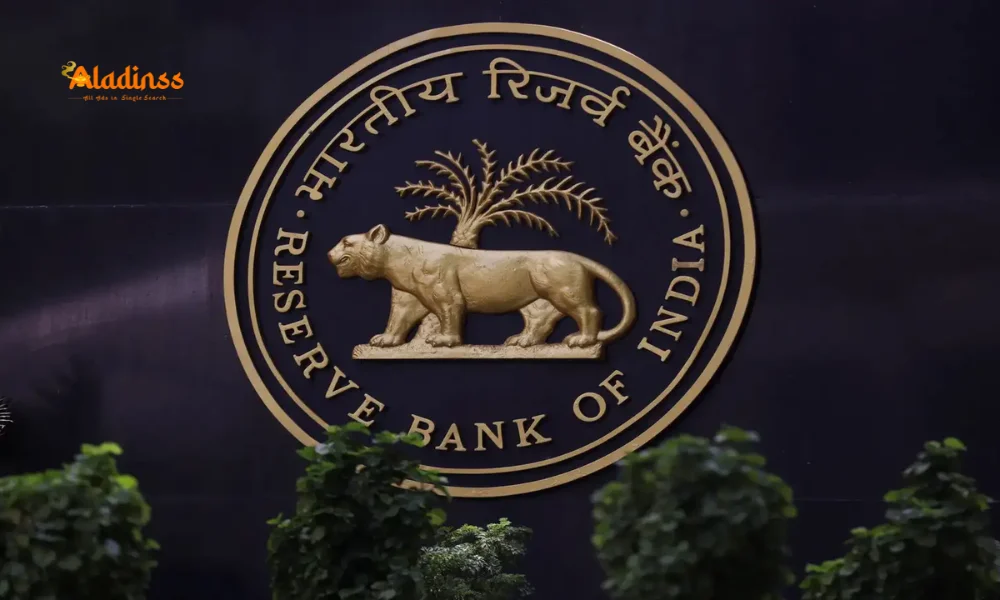FPIs Infuse ₹7,300 Cr into Indian Stocks Market Gains Momentum

FPIs Turn Bullish: ₹7,300 Cr Boosts Indian Stocks in October
In a significant shift, foreign portfolio investors (FPIs) have turned net buyers in the Indian stock market, injecting ₹7,362 crore in October 2025 after three months of selling. This renewed interest, driven by strong corporate earnings, attractive valuations, and signs of domestic economic recovery, has propelled the Nifty 50 and Sensex closer to their September 2024 peaks. The optimism surrounding a potential India-U.S. trade deal further bolsters market sentiment, despite earlier outflows triggered by global tariffs. This article explores the factors behind this turnaround and its implications for India’s financial markets.
Despite significant outflows earlier in 2025, domestic institutional buying has kept the Indian stock market resilient, with the Nifty up 9.41% for the year. The recent FPI inflows signal a renewed confidence in India’s economic prospects, setting the stage for potential record highs.

FPIs Reverse Bearish Trend in October
After three consecutive months of selling through September 2025, FPIs have shifted their stance, becoming net buyers with investments totaling ₹7,362 crore in the Indian stock market in October, according to the National Securities Depository Limited (NSDL). This marks a significant departure from the ₹76,619 crore withdrawn over the prior three months, reflecting a renewed appetite for Indian equities.
The turnaround is attributed to a robust start to the September quarter earnings, attractive stock valuations, and early signs of domestic economic recovery. These factors have prompted FPIs to re-evaluate their bearish outlook on Asia’s third-largest economy, redirecting capital to Indian markets.
Nifty and Sensex Near Record Highs
The renewed FPI investments have pushed the Nifty 50 and Sensex within 1.55% of their all-time highs set in September 2024. The Nifty has gained 9.41% year-to-date, positioning it for a potential 10th consecutive annual gain. This resilience is largely due to sustained buying by domestic institutional investors, including mutual funds and insurance firms, which have invested a record ₹6.10 lakh crore in equities in 2025.
The combination of domestic and foreign capital inflows has created a bullish momentum, with market analysts optimistic about the indices reaching new peaks before the year-end.
India-U.S. Trade Deal Sparks Optimism
A key driver of FPI confidence is the revival of trade negotiations between India and the United States. After stalling earlier in 2025, talks have resumed, with market participants anticipating a potential announcement soon. A successful trade deal could mitigate the impact of the 50% tariffs imposed on Indian goods by the U.S. in April 2025, which had triggered significant FPI outflows and pressured the Indian rupee.
India’s early rebound from global tariff tensions, announced by U.S. President Donald Trump, positioned it as a safe haven for investors. The renewed trade talks signal a potential resolution, further boosting investor sentiment and supporting the Indian stock market.
Corporate Earnings Drive Investor Confidence
The strong performance of Indian companies in the September 2025 quarter has been a major catalyst for FPI inflows. Robust corporate earnings, particularly in sectors like technology, banking, and consumer goods, have signaled a recovery in domestic demand. Global brokerage firms remain bullish, citing expectations of continued earnings growth in the second half of FY26.
Proposed policy measures, including potential GST rate cuts and Reserve Bank of India (RBI) repo rate reductions, are expected to further stimulate consumption, driving corporate profits and attracting more foreign capital.
Despite Inflows, Outflows Remain Significant
While October’s ₹7,362 crore inflow is a positive development, it is overshadowed by the ₹1.47 lakh crore in net outflows recorded in 2025 so far. The first nine months saw FPIs withdraw ₹1.56 lakh crore, the second-highest nine-month exodus on record, surpassed only by 2022’s ₹1.97 lakh crore outflow amid the Russia-Ukraine war and global rate hikes.
The significant outflows earlier in 2025 were driven by FPIs seeking opportunities in other emerging markets and reacting to the U.S. tariffs on Indian goods. However, the recent shift to net buying suggests a recalibration of investor priorities toward India’s growth potential.
Domestic Investors Bolster Market Resilience
The Indian stock market’s ability to withstand massive FPI outflows is largely due to robust domestic institutional buying. Domestic mutual funds and insurance firms have invested a record ₹6.10 lakh crore in 2025, providing a strong buffer against foreign selling. This sustained domestic support has been instrumental in maintaining the Nifty’s 9.41% gain for the year.
The contrast between domestic and foreign investor behavior highlights the growing maturity of India’s financial markets, with local institutions playing a pivotal role in stabilizing the market during periods of volatility.
Historical Context of FPI Flows
The 2025 outflows, while significant, are not unprecedented. In 2022, FPIs withdrew ₹1.97 lakh crore in the first nine months due to global uncertainties, including the Russia-Ukraine conflict and aggressive U.S. Federal Reserve rate hikes. However, inflows resumed later that year as markets anticipated U.S. rate cuts, reducing full-year outflows to ₹1.46 lakh crore.
The current year’s outflows reflect similar global challenges, including trade tensions and currency pressures. However, the October inflow suggests that India’s strong fundamentals and policy measures are regaining investor trust.
Policy Measures to Boost Consumption
The Indian government and RBI are implementing measures to stimulate domestic consumption, which is critical for sustaining economic growth. Potential GST rate cuts and RBI repo rate reductions are expected to lower borrowing costs and increase consumer spending, benefiting sectors like retail, automotive, and consumer durables.
These policy initiatives, combined with earlier reforms, are projected to drive earnings growth in FY26, making Indian equities an attractive investment option for both domestic and foreign investors.
Global Brokerage Firms Remain Bullish
Global brokerage firms have maintained a positive outlook on the Indian stock market, citing the expected recovery in corporate earnings and supportive government policies. The anticipated trade deal with the U.S., combined with domestic stimulus measures, is expected to enhance market performance in the coming months.
Analysts predict that sectors such as technology, banking, and infrastructure will lead the earnings recovery, attracting more FPI inflows and sustaining the market’s upward trajectory.
Future Market Outlook
The return of FPI buying in October 2025 signals a potential turning point for the Indian stock market. With the Nifty and Sensex poised to challenge their record highs, investors are optimistic about India’s economic resilience. However, global uncertainties, including trade policies and currency fluctuations, could pose challenges.
Monitoring the outcome of the India-U.S. trade talks and domestic policy developments will be crucial for investors seeking to capitalize on the market’s growth potential in the final quarter of 2025.
Comment / Reply From
No comments yet. Be the first to comment!










